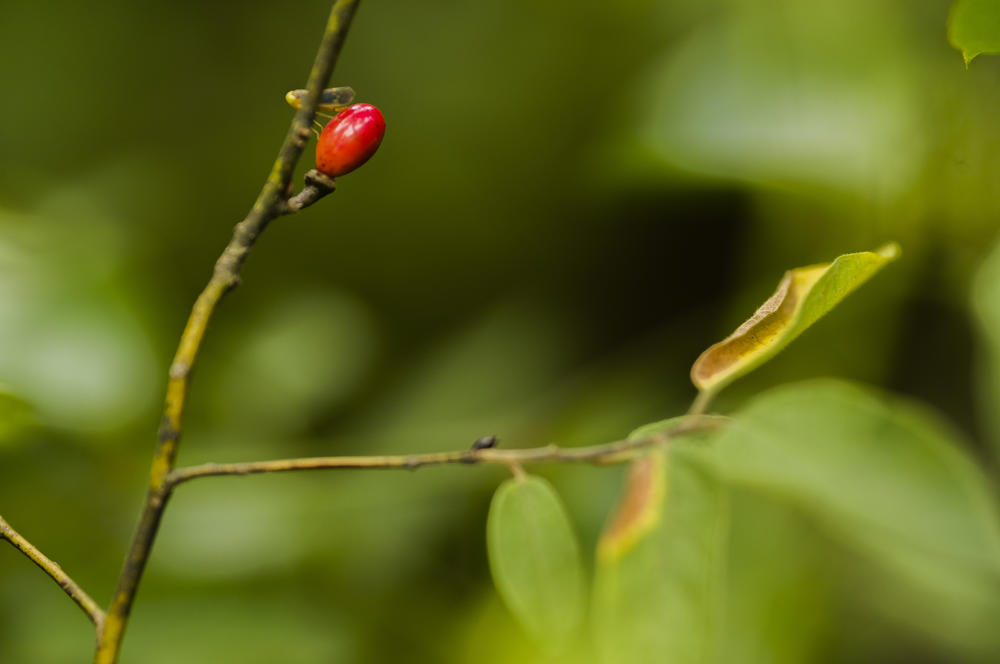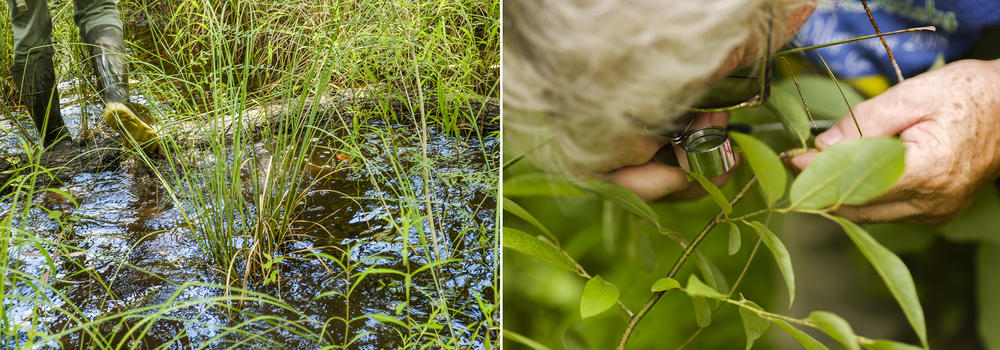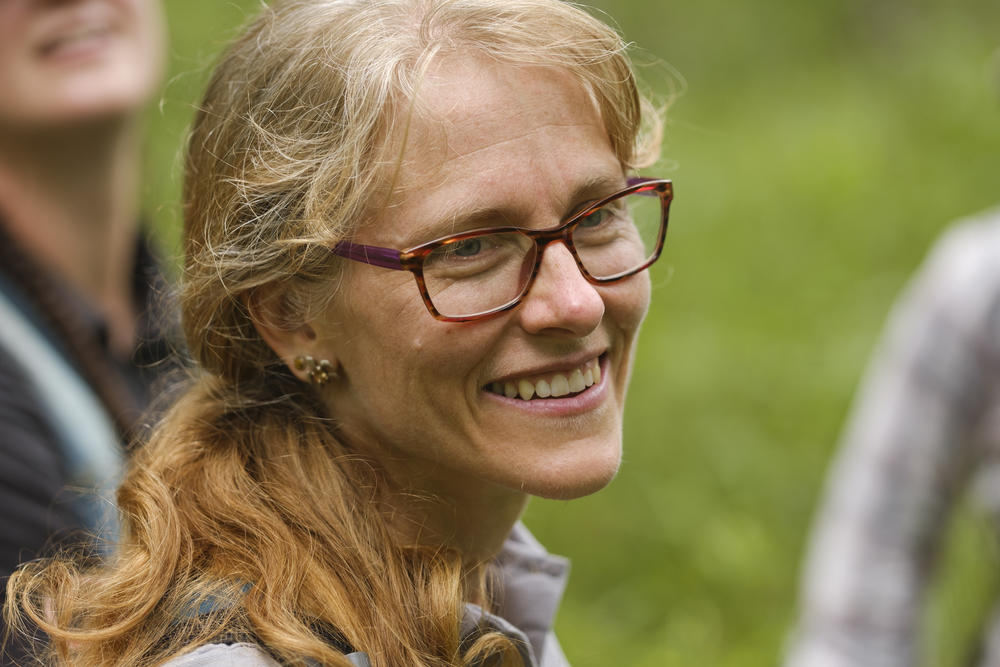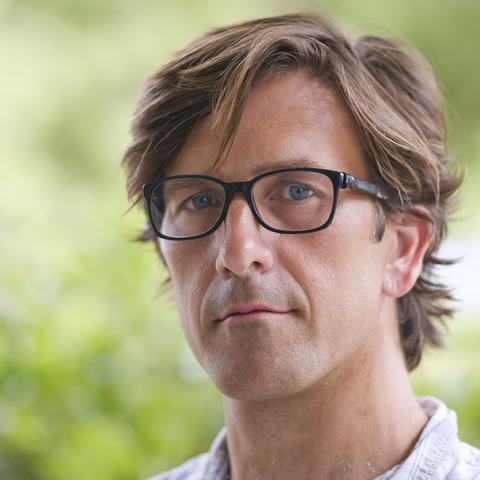
Caption
A tiny leaf hopper insect perched on a pondberry fruit in Baker County. Conservationists must balance the needs of a species of butterfly whose caterpillars subsist on pondberry leaves as well as a migratory bird that eats its seeds, the Hermit Thrush, when working with the endangered plant.
Credit: Grant Blankenship




